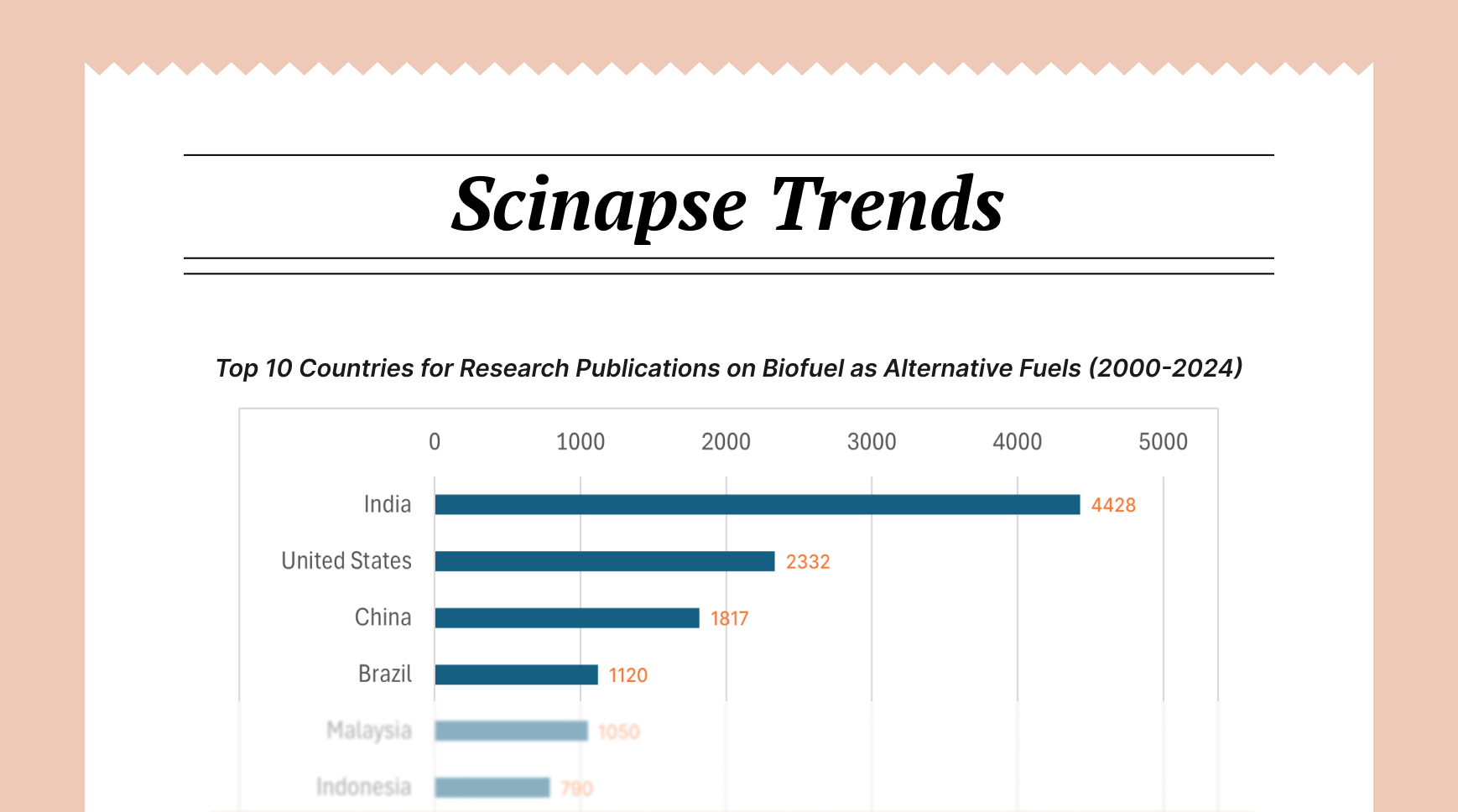Literature Review - Fast and Professional Methods of Writing

Writing a literature review can be one of the most time-consuming aspects of academic research. This guide will help you take a streamlined approach to conducting and writing effective literature reviews in less time and of the best quality.

How to Write Your Literature Review?
Step 1. Define a Clear Research Question and Scope
The cornerstone of an efficient literature review is a precisely defined research question. This question acts as your compass, guiding every decision from source selection to organizational structure. Without this clarity, you risk drowning in an ocean of tangentially related literature.
Your research question should strike a delicate balance—specific enough to focus your search but broad enough to find sufficient literature. Take time to refine your question through several iterations, testing how it guides your preliminary searches. If initial searches yield thousands of results, your question likely needs narrowing; if they yield almost nothing, you may need to broaden your scope.
Once you've established your central question, define clear boundaries for your review:
- Time frame parameters: Decide whether to focus exclusively on recent developments (especially important in rapidly evolving fields like technology or medicine) or include historical context (valuable for understanding theoretical evolution). For contemporary topics, consider limiting your search to the past 5-10 years, while theoretical or foundational topics may require broader historical coverage.
- Geographical scope considerations: Determine whether your review should examine global research or focus on specific regions. Regional focus can be particularly important for topics influenced by cultural, political, or environmental factors specific to certain areas.
- Source type specifications: Clarify which types of publications you'll include—peer-reviewed journals, books, conference proceedings, dissertations, or gray literature. Different source types offer different advantages: journals provide peer-reviewed current research, books often offer comprehensive theoretical foundations, and gray literature might contain valuable practical applications or emerging ideas.
Writing out these parameters in a simple one-page document creates a reference point you can revisit whenever your search starts to drift off course.
Step 2. Create a Structured Timeline
Time management transforms a potentially overwhelming literature review into a series of manageable tasks with clear deadlines. Without a structured timeline, literature reviews can expand indefinitely, consuming weeks or months beyond your initial expectations.
Create a realistic schedule that accounts for each phase of the process:
- Initial search and source gathering (2-3 days): Focus on identifying potential sources without getting caught in deep reading.
- Source evaluation and selection (1-2 days): Apply strict relevance criteria to narrow your reading list to the most essential sources.
- Reading and note-taking (5-7 days): Allocate time based on the volume and complexity of your selected sources.
- Organization and outlining (1 day): Structure your findings into a coherent framework before writing.
- Writing first draft (2-3 days): Focus on covering all essential content without perfectionism.
- Revising and editing (1-2 days): Polish your draft for clarity, coherence, and academic standards.
This timeline should be adapted to your specific circumstances, including the scope of your review, available time, and prior familiarity with the topic. Consider building in small buffer periods between phases to accommodate unexpected challenges or opportunities for deeper exploration of particularly valuable sources.
Track your progress against this timeline, adjusting as necessary but maintaining forward momentum. Even if you need to extend certain phases, having the structure helps prevent the review from becoming an endless process.
Step 3: Use Best Literature Search Strategies to Find the Right Sources Quickly
Using AI for Literature Review
Scinapse represents a breakthrough in literature search efficiency, addressing the overwhelming volume and complexity of academic literature that researchers face. With access to approximately 250 million papers and a curated collection of 100 million quality-controlled publications, this AI-powered academic search engine covers over 99% of Science Citation Index Expanded (SCIE) journals and integrates multiple databases, including MAG, PubMed, OpenAlex, and Crossref.

Scinapse Review allows researchers to generate customized mini-literature reviews by entering relevant keywords. Instead of individually examining dozens of papers, you receive a synthesized summary of the most significant insights from recent years, providing an immediate grasp of the research landscape. This capability can compress days of preliminary reading into minutes.
Scinapse's revamped paper search functionality makes initiating your literature review remarkably efficient. The redesigned main page allows direct keyword entry that takes you straight to results without navigational detours. The enhanced search results page displays critical information—citation counts and author details—at a glance, while improved location filters enable precise geographical narrowing.

Particularly valuable is the contextual summary that appears alongside search results, featuring:
- A concise overview of the topic based on your search parameters
- Top 3 Papers listed in descending order of citation count among filtered results
- Top 3 Authors selected from first and last authors across filtered papers, ranked by total citation impact
These features provide immediate orientation within your research area, highlighting influential works and researchers without requiring manual identification.
For subscribers to Scinapse Pro, the Research Intelligence tools offer deeper analytical capabilities:
- Visual representation of research trends
- Identification of emerging topics within your field
- Network analysis of key authors and institutional collaborations
- Citation pattern analysis showing the evolution of ideas
The platform's journal search capabilities have also been significantly enhanced with specialized filters that help researchers identify optimal publication venues:

- Category classifications based on Journal Citation Reports
- Research field specializations
- Leading edge field identification for particularly dynamic research areas
- Journal Impact Factor range and quartile filtering
By leveraging these advanced literature review capabilities, researchers can condense the literature discovery phase from weeks to days, allocating more time to critical analysis and synthesis.
Author: Uttkarsha B
- AI-Ethicist and STM Research & Publishing Expert
Never re-search again.
Scinapse is made by researchers for researchers.
Join the next generation of research at ⏯️ https://scinapse.io/
Pluto Labs
Pluto Labs helps researchers focus on their research by improving several inefficiencies in the academic research process. We offer data-driven insights from academic papers, allowing users to easily obtain review-level results for their desired range of papers.
https://pluto.im/





Comments ()